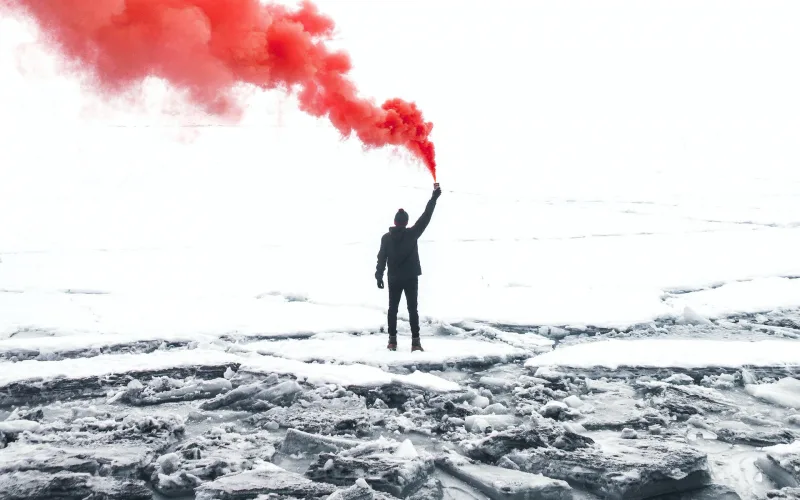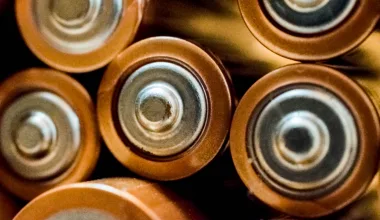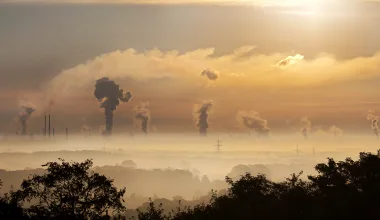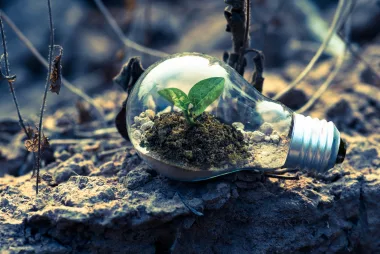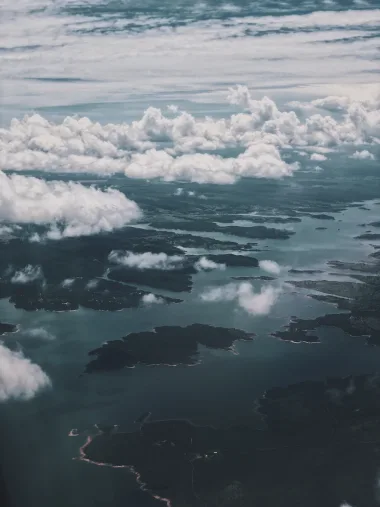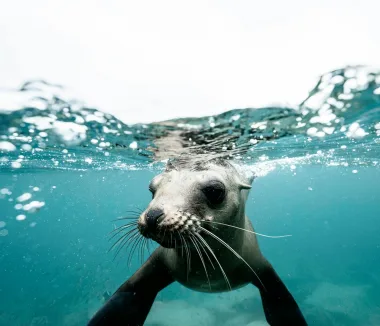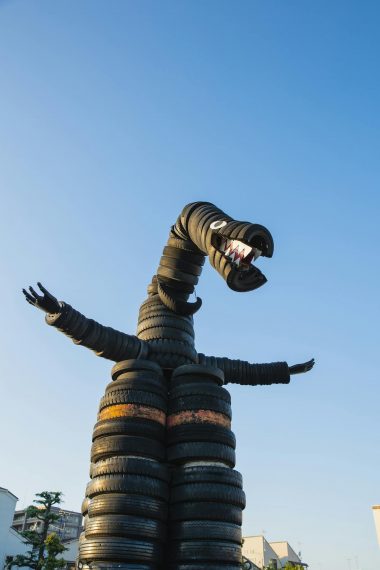Last Updated on April 26, 2024 by Ecologica Life
Russia and Ukraine have now been at war since February 2022. With the U.S recently promising Ukraine a ton of new military weapons and defence systems, and the Russians launching a new offensive, the conflict is not likely to end soon. There can be no doubt that the war in Ukraine is devasting the local environment, and that this collateral damage will be with us for years to come.
Ukraine’s environmental ministry has stated that it wants Russia to pay for the environmental damage caused by the invasion of Ukraine To that effect, they have been collecting evidence of Russia’s war crimes to prosecute Russia after the war.
The use of large-scale missile attacks has caused widespread damage to vegetation, wildlife and infrastructure. Food and water supplies have been destroyed or contaminated. In addition, the displacement of millions of people has led to the destruction of natural habitats.
The impact on vegetation can be particularly severe. In some cases, entire forests have been destroyed. This not only has an impact on the local environment but also contributes to accelerate global climate change.
How Does the War in Ukraine Affect Sea Life?
The use of explosives, in the fight for ocean and coastal territories, can create underwater shock waves that damage or kill marine life.
During explosions at sea, there are often oil leaks from damaged ships which can suffocate and poison marine life. Wartime shipwrecks from WWII have had a significant impact on aquatic wildlife. However, research has not determined the number of used weapons (Explosive shells and debris) to be found on the seabed and, above all, their long-term impact on marine ecosystems, from the Russian-Ukrainian war.
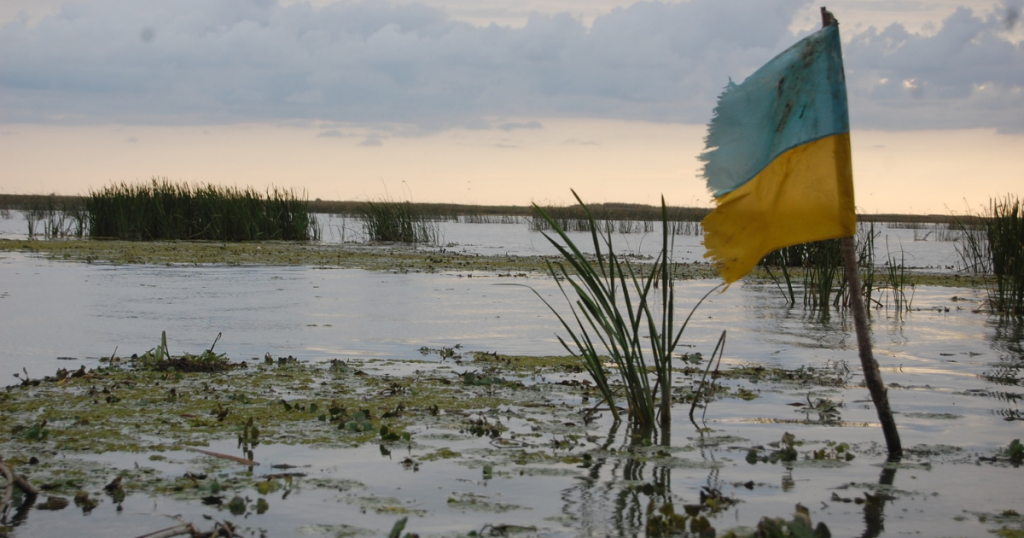
Biodiversity Loss
Even if the war were to magically end today, it would take decades to recover from the detrimental effects on soil degradation and biodiversity loss. Ukraine contains 35% of Europe’s biodiversity and contains 54 national parks.
The Ukrainian Nature Conservation Group (UNCG) has compiled a list of some 20 endemic plants. Their conservation is threatened by explosions, the passage of military vehicles and devastating fires. These fires are not typically put out in combat zones and are left to run rampant through the local area.
One in three hectares destroyed by fire in Ukraine is a protected area, according to Zoï Environment Network, a Swiss-based NGO. The NGO has counted more than 37,000 fires caused by attacks between February and June – just four months of war. This data was collected by NASA satellite imagery. “These plants are found in Russian-occupied territories, where large-scale bombardment is taking place. If we lose these species in their natural environment, we will lose them forever,” the activists have stated.
Over 17,000 hectares of forest have been destroyed by in the Luhansk region, causing an estimated one billion euros in environmental damage. The ability of the forest’s ecosystems to maintain homeostasis and defend itself against climate change and air pollution are negatively affected by the current deforestation caused by bombing and fires.
During this conflict, it is very difficult to manage natural resources sustainably. This military conflict could set back people’s progress and care for their environment by years, even decades, not only because of the damage caused, but also because for the duration of the conflict, the development they achieved in the past is permanently erased.
Weapons and vehicles used during this war will be abandoned in various types of terrain, such as agricultural fields. As these weapons and vehicles degrade, they can contaminate water and soil, as well as harm the health of animals and people who are exposed to their polluting effects.

Pollutants of the War in Ukraine
Environmental pollution in the air, water and soil is likely to impact children’s development, increase the risk of cancer and respiratory disease, and “could take years to clean up”, the WSJ reports.
About 100 inspectors are working to collect soil and water samples at the sites of concern, according to Iryna Stavchuk, Ukraine’s deputy minister for environmental protection and natural resources. She says that since inspectors do not have access to many parts of the country, it is difficult to estimate the full extent of environmental damage.
But the ministry’s staff cannot be everywhere. Two months after the Russian Invasion, the environmental ministry launched an app that allowed citizens to send in pictures and other possible evidence of environmental damage, which staff could then try to verify.
By mid-October, more than 2,000 such incidents had been recorded. NASA and the European Space Agency have also agreed to provide satellite data to help analyse the environmental damage. Satellite images from the Ukrainian Space Agency are helping to track damage in areas where inspectors can’t go because of the ongoing war.
Air Pollution
High levels of air pollutants in the form of particulate matter (PM), toxic gases and heavy metals are produced by the use of explosions and conventional weapons
Explosions throw many materials into the air. These materials range from heavy metals from industrial installations, to concrete, cables, and pipes in roads, to asbestos in buildings. This releases heavy metals and various carcinogens which will contribute to the soil, water and air pollution and can persist in the environment for a long time.
Radioactive dust is another pollutant to consider. From the first days of the invasion, the Russian forces seized the Chernobyl nuclear power plant. The Ukrainian Ministry of Environment reported that the movement of military forces through contaminated areas raised radioactive dust. This led to significantly increased local radiation levels, according to the automated monitoring system at the plant.
Eastern Ukraine, the area currently most affected by the Russian-Ukrainian war, is the industrial heartland of the country. Before the Russian invasion began, there were 4,500 potentially environmentally hazardous companies in the Donbas, according to a report by the Organisation for Security and Cooperation in Europe (OSCE). These included mines, refineries, fuel depots, metallurgical and chemical plants, many of which have become the main target of Russian attacks aimed at reducing Kiev’s ability to resist.
The amount of greenhouse gases has significantly increased since the start of the war (military armies release as much carbon dioxide as do whole nations). Which is not helping in the fight against climate change.
Nuclear Danger
The nuclear alert was raised from the first days of the Russian-Ukrainian war, with the early Russian occupation of the former Chernobyl plant. Moscow also attacked and took control of Zaporiyia, Europe’s largest nuclear power plant, sparking panic over a fire in a building in the complex, however it was eventually resolved. If the radioactive material inside the plant had of ignited, then Europe would be looking at its second biggest nuclear disaster in four decades.
The fear of a nuclear disaster is still very much present in a country still wounded by the 1986 Chernobyl disaster, where one of the reactors had a cooling system failure. This disaster affected hundreds of thousands of people in the Soviet Union and abroad over the decades. In Chernobyl radioactivity still lingers for tens of kilometres away from the old nuclear reactors. Individuals are not typically allowed anywhere near the 30km Chernobyl exclusion zone around the old reactors.
The large ‘sarcophagus’ (the concrete structure made to cover and protect the reactor) has remained intact despite the attacks, but the traffic of Russian soldiers and military vehicles in the vicinity has caused beta and gamma radiation levels to rise, according to the Ukrainian authorities. This has led to concerns that Russian troops may have unnecessarily been exposed to higher radiation levels than normal.
Fighting around the areas of Chernobyl and Zaporizhian nuclear power plants has left experts seriously worried about the possibility of radioactive leaks.
What do you think about our coverage of the Ukrainian war? Leave us a comment or suggestion for any future environmental topics you think we should discuss, YOUR opinion matters.
